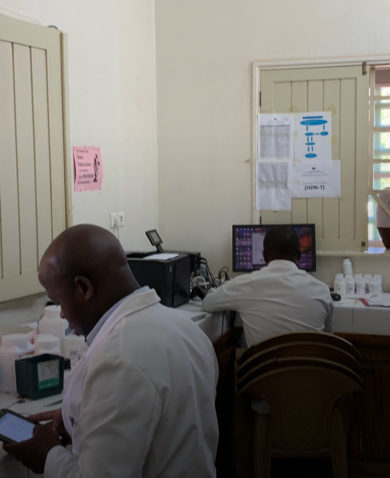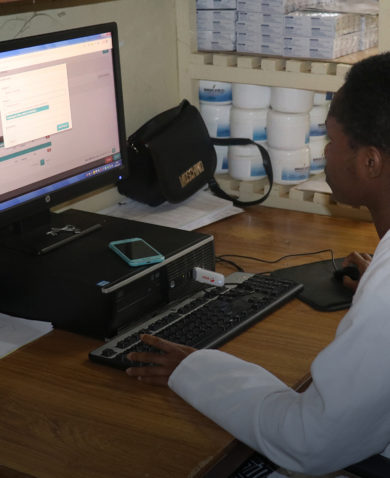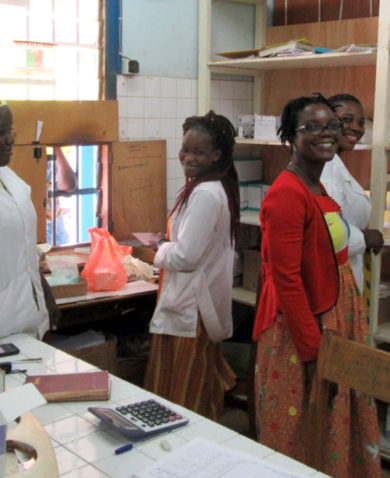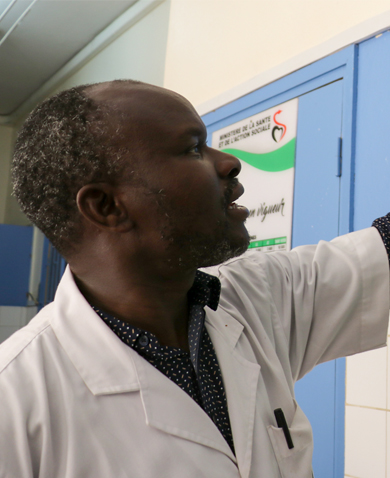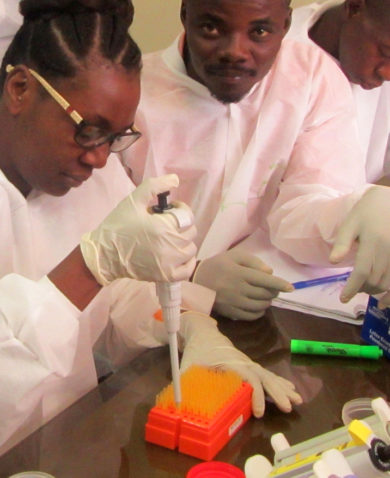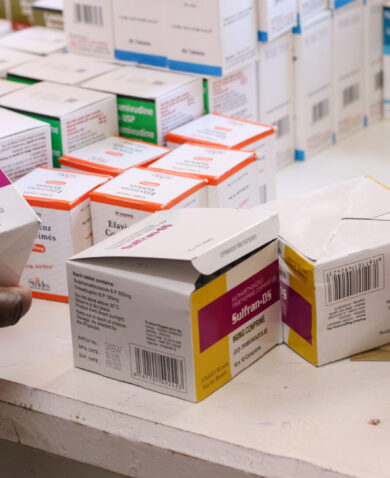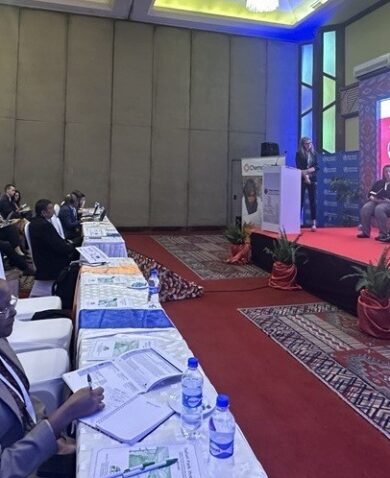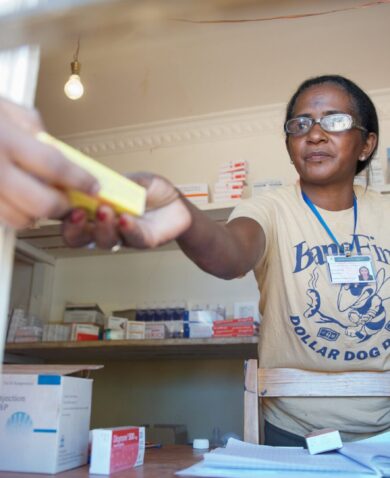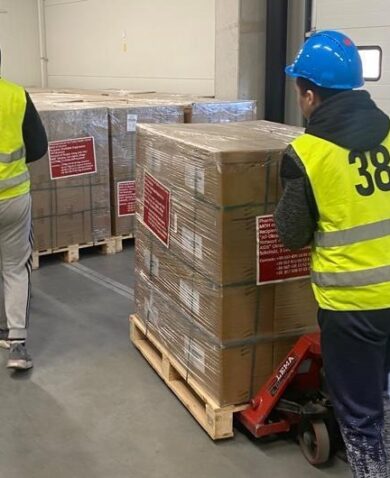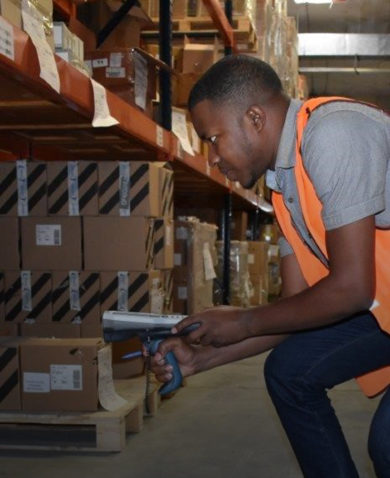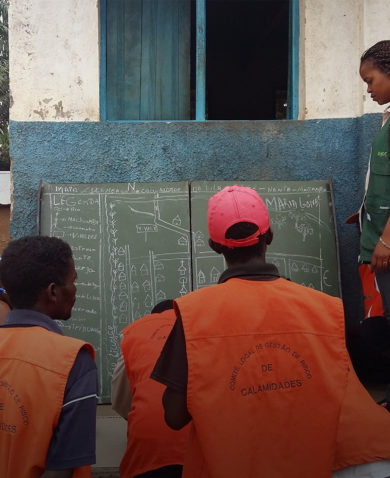
Chemonics News
News: Continuing Improvements to Global Health Supply Chains
November 28, 2017 | 3 Minute ReadThe most recent report on the Global Health Supply Chain Program – Procurement and Supply Management Project, covering the fourth quarter of FY17, shows the project is delivering global impact.
The USAID Global Health Supply Chain Program – Procurement and Supply Management Project (GHSC-PSM) recently shared a report that covers the fourth quarter of FY2017 (July 1-September 30) and also serves as the semiannual report covering April 1-September 30, 2017. The report provides insights into the impact GHSC-PSM has had in 59 countries and lessons learned from 2017.
The project’s on-time and in-full rate (OTIF) was 32% for Q4 and reached 47% for September, demonstrating consistent improvement. In addition to OTIF, GHSC-PSM began measuring on-time delivery (OTD) in FY18, which will provide a more real-time view into the global supply chain’s performance, as it reflects the number of on-time deliveries as a percentage of expected deliveries in a given period (while OTIF reflects the percentage of actual – not expected – deliveries). The project has committed to an OTD of 60% by December, and we are pleased to say that the project achieved 71% on time delivery in October.
The project is also delivering health commodities at scale, with 97% of all products being delivered in full on average in FY2017. To date, GHSC-PSM has delivered enough:
- Antiretroviral therapy (ART) to provide more than 1.5 million years of HIV treatment.
- Antimalarials to treat 42.5 million infections
- Contraceptives to provide 9.4 million couple years of protection (CYP)
GHSC-PSM is delivering impact globally
End-to-end data visibility. Having delivered commodities to 59 countries since the program launched, GHSC-PSM is maturing into a 21st-century supply chain capable of offering unparalleled data visibility. In June, ARTMIS, the project’s management information system, launched, and in the fourth quarter, the project moved all records to ARTMIS to make it the project’s system of record. We can now better track orders, streamline processes, capture key documents, identify bottlenecks, and prioritize actions to improve OTD and cycle time.
Increasing procurement and deliveries. GHSC-PSM procured $374 million in commodities in the last half year, including more than $173 million in Q4 alone. We saw a significant increase of 254 percent in shipping volume, from 974 deliveries in the first half of 2017 to 2,476 deliveries in the second half. This volume can be attributed to three factors: enhanced on-time deliveries, increased number of orders, and delivery of backlog items.
Sustainable local systems. In addition to procuring and delivering health commodities, GHSC-PSM provided in-country support to 38 countries. Short-term technical assistance more than doubled between the first and second halves of 2017, as we transitioned from start-up to technical implementation. Through this technical assistance, GHSC-PSM is helping build and strengthen sustainable in-country supply planning, procurement, and logistics.
GHSC-PSM is reducing costs to buy more health commodities
One of the goals of combining multiple supply chain programs into a single global health supply chain that serves all health areas was to achieve economies of scale that drive down prices and allow the same investment to reach more people. GHSC-PSM has already generated significant cost savings and will continue to do so in the coming months and years. For instance, the project has negotiated contracts that will save $8 million in one year for an important HIV treatment, $1.3 for viral load tests, and $1 million per year for malaria medication. By optimizing regional distribution centers (RDCs), GHSC-PSM will save an estimated $38 million over six years. These are only a few examples of some of the cost savings we are achieving or expect to achieve across the project.
GHSC-PSM is incorporating lessons learned
Much of the focus throughout 2017 has been on improving the timeliness of deliveries. In 2017, to improve performance, we replaced key leadership and added surge staff to expedite orders; reorganized the supply chain team to source and process orders faster; integrated country-based information into our supply chain planning more effectively; integrated more data into our information system and created a visual management system of our progress to hone in on individual orders and troubleshoot them; more aggressively managed supplier delays in providing goods and import documentation; expanded use of our order promise tool to provide realistic date commitments and effectively alert the team to orders that are in danger of missing those commitments; and improved our processes for issue identification, escalation, and prioritization. With those investments, we believe we have laid the foundation for GHSC-PSM’s continuous improvement, and to achieving a flexible, efficient, and modern global supply chain.


